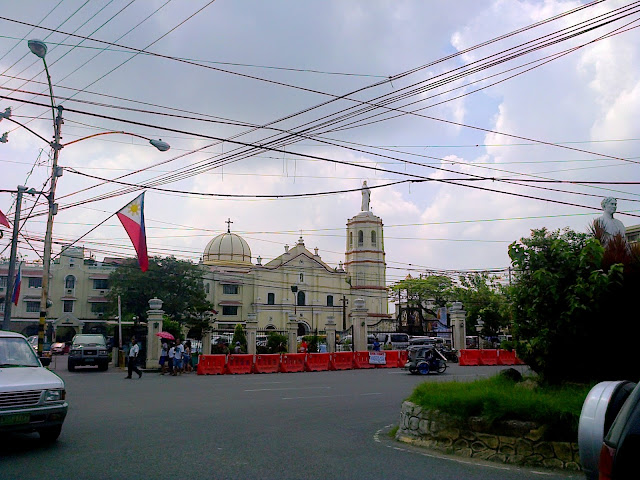
The Bahay Paniki Cave (House of Bats) is located 300 meters south of the Aguinaldo Cave. This par of the National Park is not easy to penetrate due to some sharp and slippery stones. Since the area is composed of plants, it serves as the home of some poisonous snakes, scorpions and insects. Look at the photo on the left, that's how the entrance looks like. The opening is really enormous and surrounded by huge boulders. The trees and some plants already created their own group in the mouth of the cave. I was standing few meters from the mouth, but I actually smell something I couldn't recognize and the guide told me that it's the bats poops. I also heard the noise comming from the cave and I am pretty sure that it's from the bats.
The boulders are really huge, I think it's like a two storey building tall. Then beside the cave is the flowing water comming from the rocks inside the cave. The color wasn't great, I don't know why, but it's so cold. Inside this cave is an open space which stretches 30 meters up forming a colorful, gorgeous and spacious dome.




 The photo on the left is the Historical Casa Real Shrine
The photo on the left is the Historical Casa Real Shrine




































